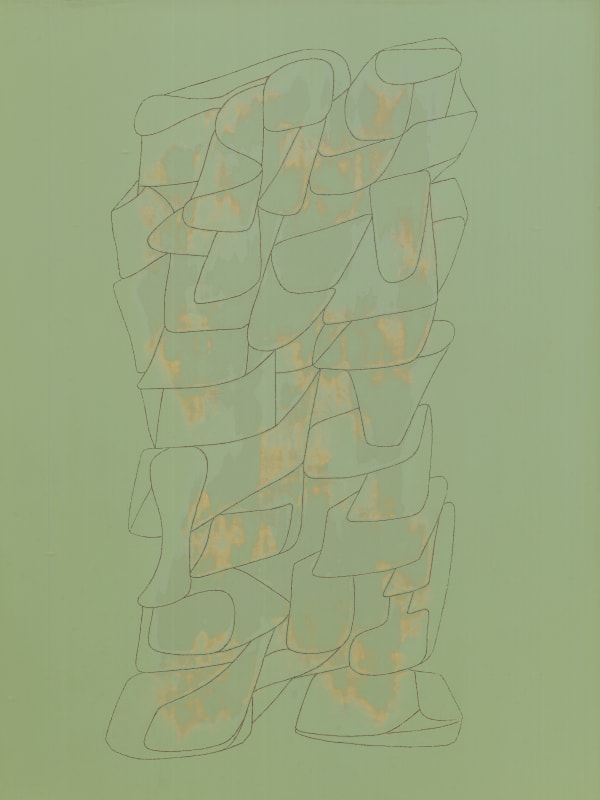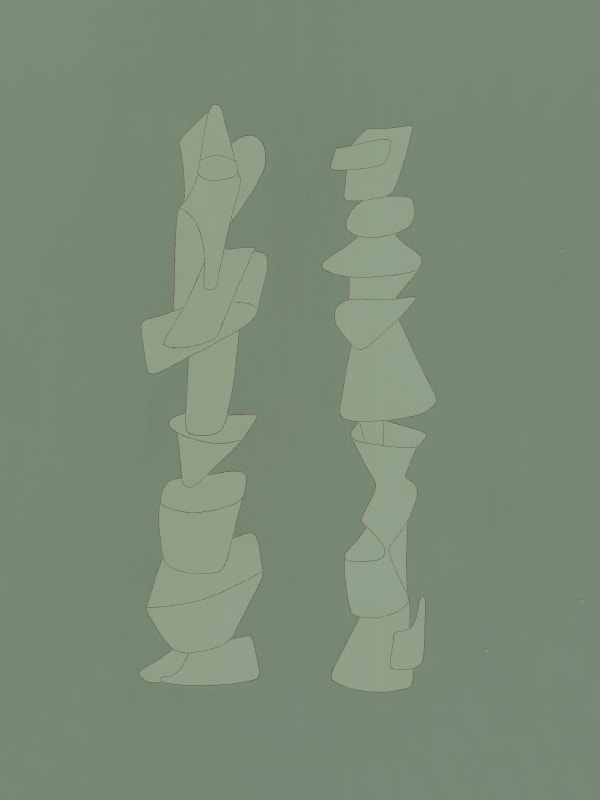Wu Shan (b. 1960, Hangzhou, China) graduated from the renowned Zhejiang Academy of Fine Arts (currently known as China Academy of Art) with a BFA in Oil Painting in 1982, and completed his MFA at the Art Institute of Chicago in 1986. He returned to China in 2006 and currently lives in Hangzhou.
Lightness and the turbulence of lines are the core of Wu Shan’s visual language for over two decades. The fine lines in Wu’s lacquer paintings are an embodiment of the artist’s life philosophy—to pursue a simple and authentic way of living.
As a fan of Kunqu Opera, Wu Shan believes elements of Kunqu comes alive in his works—the strong lyricism and intricate rhythms of Kunqu form a dialogue with the abstract forms in his painting. Hence, many of Wu’s recent lacquer paintings have been titled after Kunqu Qupai (qupai is a fixed melody used in traditional Chinese music).
Wu Shan has widely exhibited in institutions across Asia and North America, including the National Art Museum of China in Beijing; OCAT Contemporary Art Terminal in Shenzhen; Boxes Art Museum in Shunde, China; the Art Institute of Chicago; Hyde Park Art Center in Chicago; and The Snite Museum of Art in Indiana, United States, among others.







